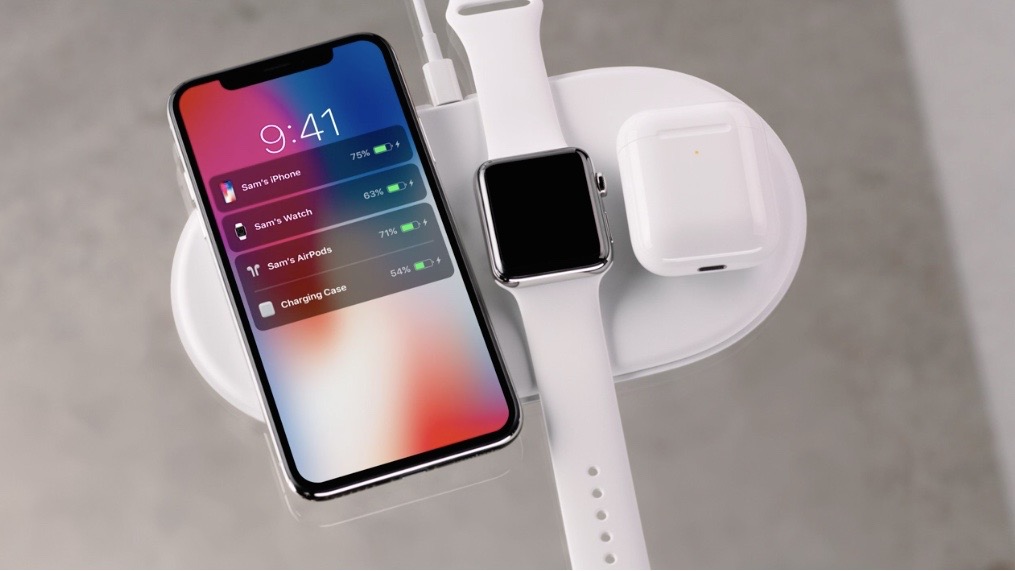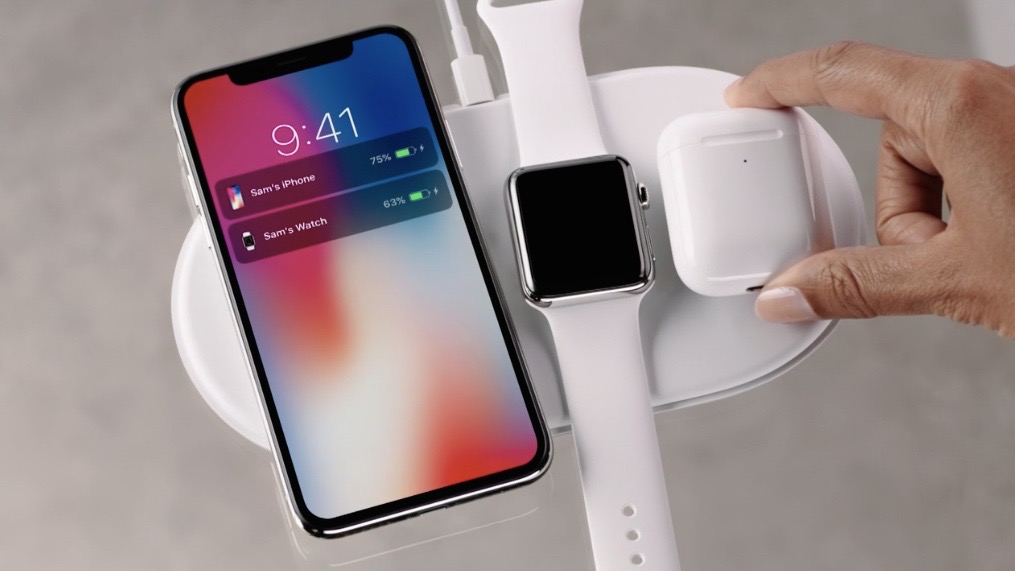What was Apple AirPower, and is it cancelled for good?

The cancellation of AirPower is a rare situation where Apple unveiled a new product on stage, but canceled it before it was ever available on store shelves.
AirPower was a wireless charging mat that Apple announced alongside the iPhone 8, iPhone 8 Plus and iPhone X – the first iPhones to support wireless charging – but it never actually came out.
In fact, Apple cancelled the project and you won't ever be able to buy the AirPower. At least, that's what we thought until right before WWDC 2020, then one leaker suggested the Apple's three-device charging mat may be back in development.
Below we'll explore everything we know about AirPower, and discuss whether it's ever likely to make a comeback.
In short, don't expect an Apple AirPower release date any time soon – or ever.
What happened to Apple AirPower?
Exactly what happened to AirPower wasn't confirmed by Apple, but it did confirm the project had been cancelled. In March 2019, Apple's senior vice president of hardware engineering, Dan Riccio, made a statement on the project.
Riccio said, "After much effort, we've concluded AirPower will not achieve our high standards and we have cancelled the project.
Sign up for breaking news, reviews, opinion, top tech deals, and more.
"We apologize to those customers who were looking forward to this launch. We continue to believe that the future is wireless and are committed to push the wireless experience forward."
That's pretty definitive that AirPower wasn't going to happen, right? But a report in June 2020, from serial leaker Jon Prosser, claimed to have images of the charging pad back in development.
Well, you guys wanted a better picture of “C68”... 😏Remember how I said that the main problem was that current prototypes didn’t support Apple Watch?Yeah.Well.They got the Watch working... 👀 pic.twitter.com/LvBeNAAtt3June 18, 2020
Prosser has supplied accurate information from sources on the iPhone SE and some other announcements, but the Apple AirPower leak was proved inaccurate.
In fact, the original source shared images of the product and proved that these were faked. This, paired with Apple's official statement, is fairly definitive proof that the AirPower mat isn't in development at this time.
Those AirPower “prototype” images floating around? Confirmed fake by the original source. Carry on. https://t.co/9G57cgO2xfJune 23, 2020
The AirPower that Apple announced in 2017 seems to be officially dead. Sure, it may be that the company is working on another similar product, but it won't return in the same way.
Why didn't we get AirPower? The original AirPower prototypes ran too hot, according to TechCrunch, and that was because it had to have over 20 charging coils in a small location.
It's thought that Apple couldn't find a way to manage that heat, so the project was eventually cancelled. That hasn't been directly confirmed from Apple, but it's likely to be the situation, according to various sources.
By October 2020, though, Prosser claimed that the AirPower had been taken off Apple's device schedule for 2021 – meaning the charging pad was, more or less, cancelled. Given the MagSafe wireless charging tech on the iPhone 12, it seemed like Apple simply went in a different direction.
That makes it even more bittersweet to see a very likely prototype acquired by an Apple collector of pre-release devices, who uploaded a video of him charging an (also prototype) iPhone with the mat:
AirPower pic.twitter.com/bv8gi0NiiLAugust 5, 2021
There's a lot of reason to believe this was an authentic AirPower charging mat, especially since its underside matched the design of a different supposed prototype revealed a year ago. Moreover, that newly-discovered model showed us how the device was supposed to work – and what neat touches, like the animation on the iPhone when it was charging, would have been featured in an AirPower that met Apple's standards.
What was Apple AirPower?
Do you need something to wirelessly charge all your Apple gadgets at one time? That's why Apple created AirPower. The aim of the wireless charging mat was to offer an experience where you could charge an iPhone, Apple Watch and AirPods.
That's three devices wirelessly charging at once, a feat Apple, nor any other company, had achieved before. At the CES 2018 (months after AirPower was first shown off), companies were only up to unveiling mats that could wirelessly charge two devices simultaneously.
Of course, Apple hadn't invented wireless charging here (it's been around on Android for years), but Apple was trying to bring its own spin to the tech, and customizing it for its own products.

How AirPower worked
The heart of the AirPower system featured a thin, oval-shaped pad. And, while only the AirPods (in their optional case) fit snugly on its surface, your Apple Watch and iPhone would have had ample elbow room.
AirPower worked courtesy of Qi charging technology, which still remains the leading wireless charging standard on the market. While Qi is available in third-party charging mats from the likes of Belkin and others, AirPower is Apple's proprietary solution to your new wireless charging needs.
Apple Watch previously made use of Qi wireless charging, included in a pad crafted by Apple. However, AirPower allowed for up to three different devices to charge at once, making it more open than Apple's previous effort.
- These are the best wireless charging mats

AirPower was designed to be more than just another mat. It was a whole wireless charging system that allowed devices to communicate and manage power consumption between them.
As Apple's head of worldwide marketing Phil Schiller said on stage in 2017, this isn't possible with other wireless charging systems currently available.
Schiller said, "We hope people love it, that it encourages others to create more advanced solutions based on technologies like this."
Apple planned to work with the Qi standards team to bring AirPower's features to other charging solutions in the future. Did that ever happen despite AirPower's cancellation? It's unclear, and we may never know.
- Here's everything rumored about the iPhone 12

James is the Editor-in-Chief at Android Police. Previously, he was Senior Phones Editor for TechRadar, and he has covered smartphones and the mobile space for the best part of a decade bringing you news on all the big announcements from top manufacturers making mobile phones and other portable gadgets. James is often testing out and reviewing the latest and greatest mobile phones, smartwatches, tablets, virtual reality headsets, fitness trackers and more. He once fell over.